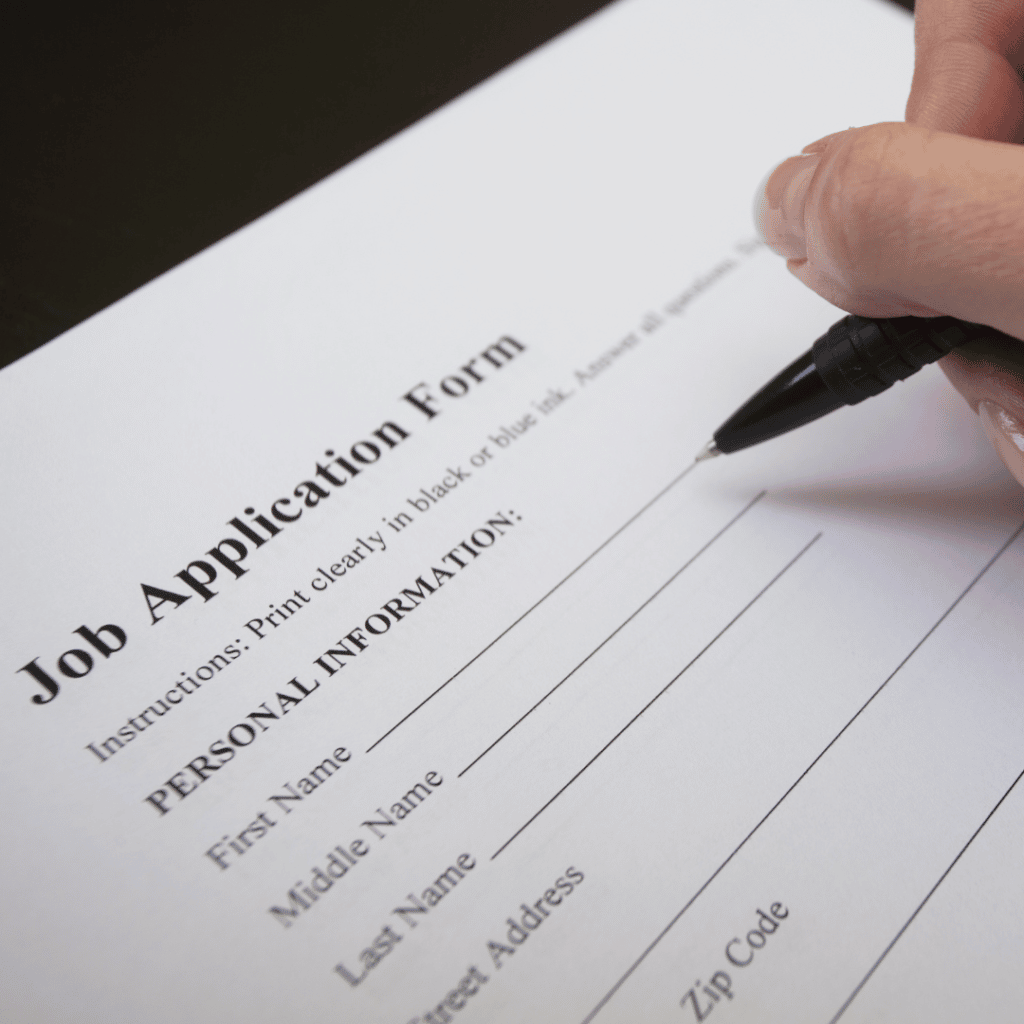Appcast, a leading provider of recruitment data, reports that 92% of people who click “apply” on a corporate website do not complete their job application. I haven’t been able to find the abandon rate for USAJOBS but I’m sure it’s high since I constantly hear how complicated USAJOBS can be. From an organization perspective, high abandonment of applications started but not completed means fewer candidates than anticipated. From an applicant’s perspective, it could be good news.
How can you position yourself to be one of the 8%?
- Don’t wait for the last minute. If you know you have an interest in a particular organization or company, see if you can sign up for an account ahead of time. Create your user name and password, and if possible, fill out any generic information and upload any documents such as transcripts, etc., that might be needed.
- Have your resume ready. Some organization’s Applicant Tracking Software (ATS) requires that you use their builder; others allow you to upload your resume. Either way, you should have your basic resume ready in advance. That resume should be in Word (not a PDF or drive) so that you can copy and paste relevant parts of your resume into their builder if required, or do a simple upload. Of course, you should tweak your resume for the specific posting but your baseline resume should be ready to go.
- Give yourself time. Although applying for corporate jobs through an in-house ATS takes an average of 5 minutes, according to InFlight, a user experience provider; applying through USAJOBS can take an hour—and if there is additional testing required, even longer. Many more organizations are using 2-factor identification to log into their systems so be prepared with all necessary information before you sign in.
- Get the phone number of the help desk. Sometimes these application systems are not as intuitive as their creators had hoped. If you can identify the specific ATS being used (sometimes the name is available on the login page; common ATS include Oracle Taleo, IBM Kenexa, Jobvite, SmartRecruiters, iCIMS—this is not an inclusive list), go onto their website and see if you can find a phone number or other assistance. USAJOBS has its own Help Center: https://www.usajobs.gov/Help/ with a lot of information for jobseekers.
- Find an insider if you can. Use your network to see if you know someone who works where you are applying—or know someone who knows someone. Make contact; let them know you’re applying.
- Remain patient and positive. The hiring process takes time; the higher your target job, the longer your search is likely to take. Don’t put all of your hopes on one job; keep searching and applying—and you’ll be able to take that next step in your career!


